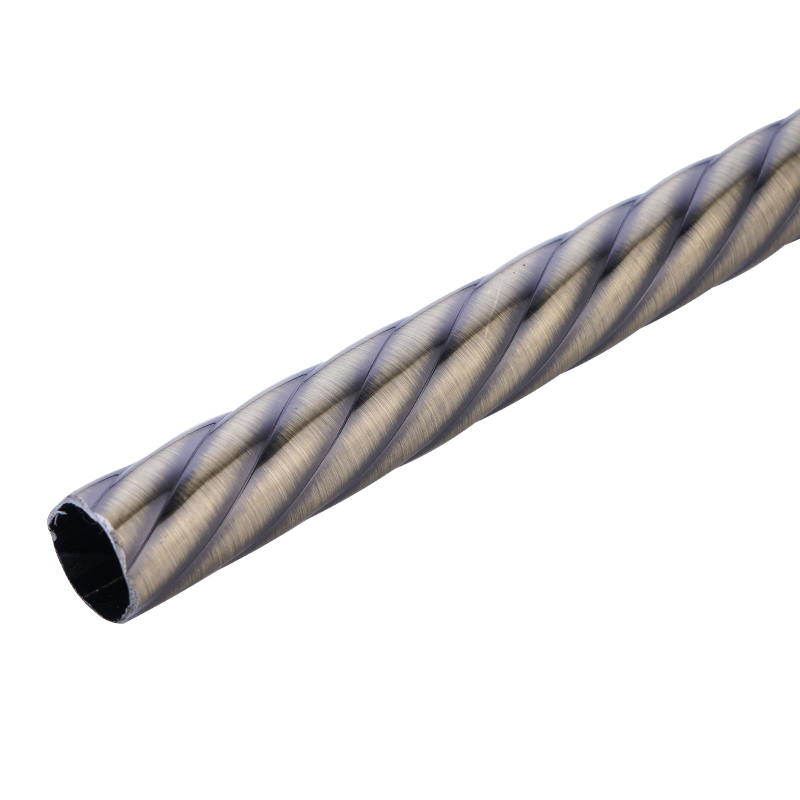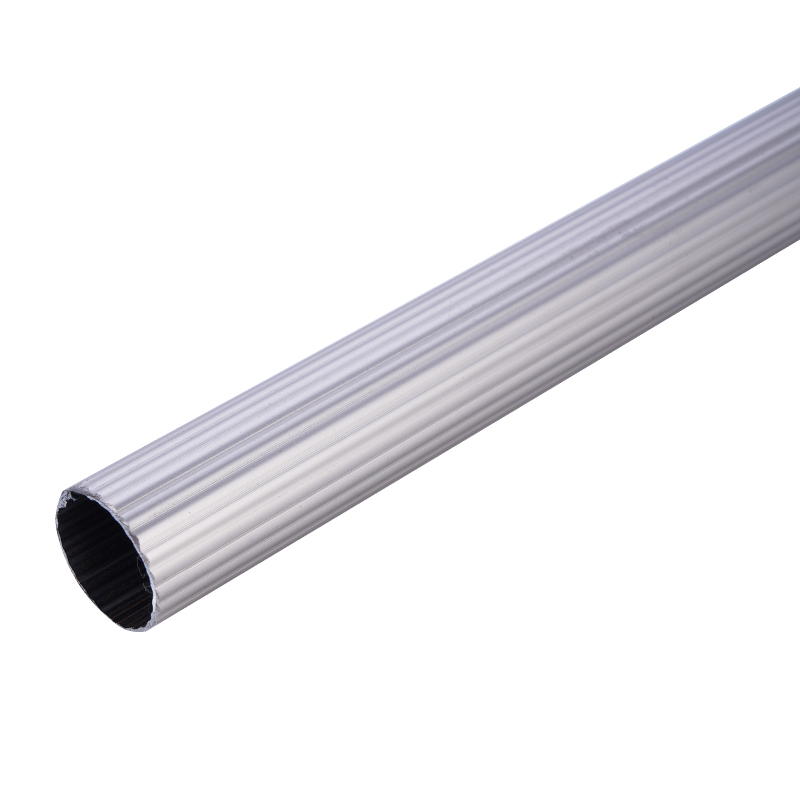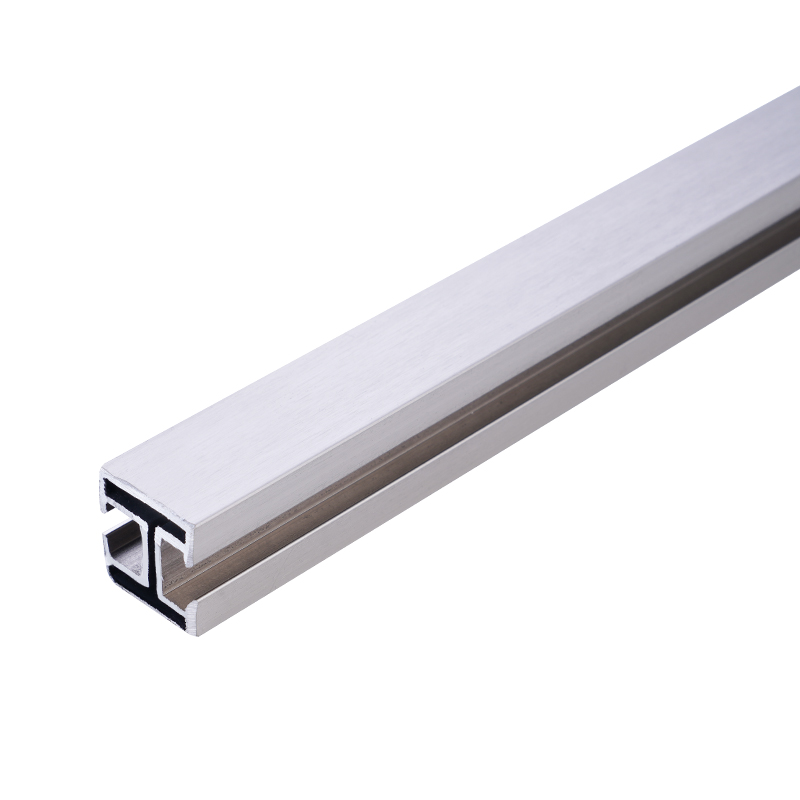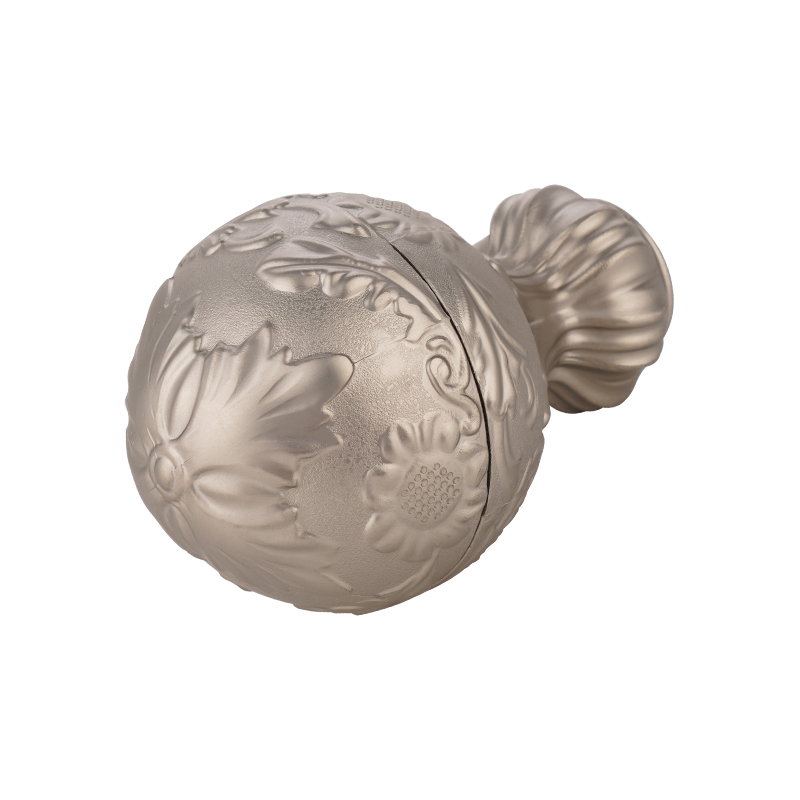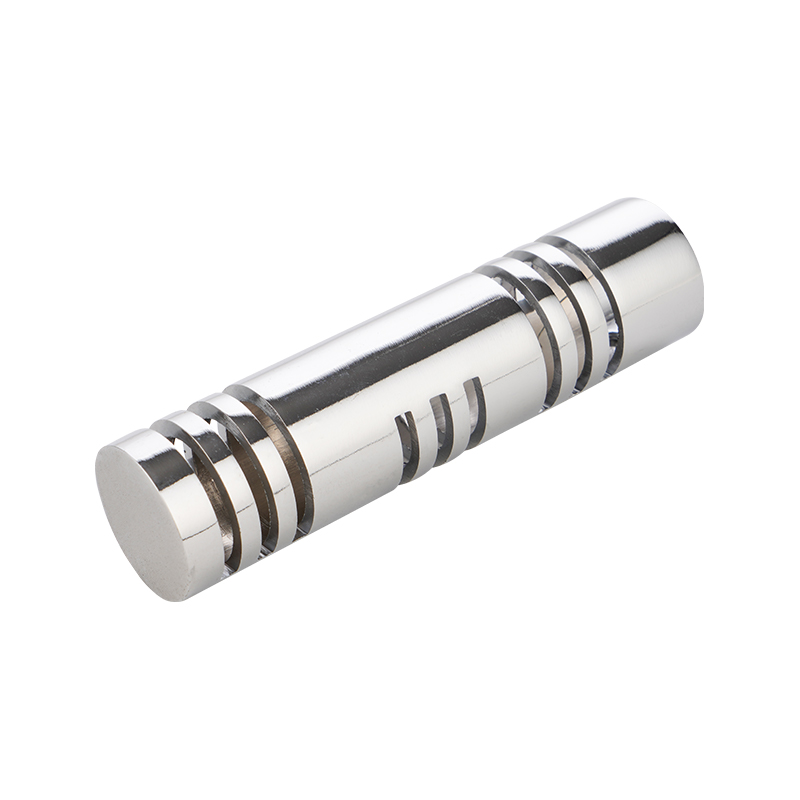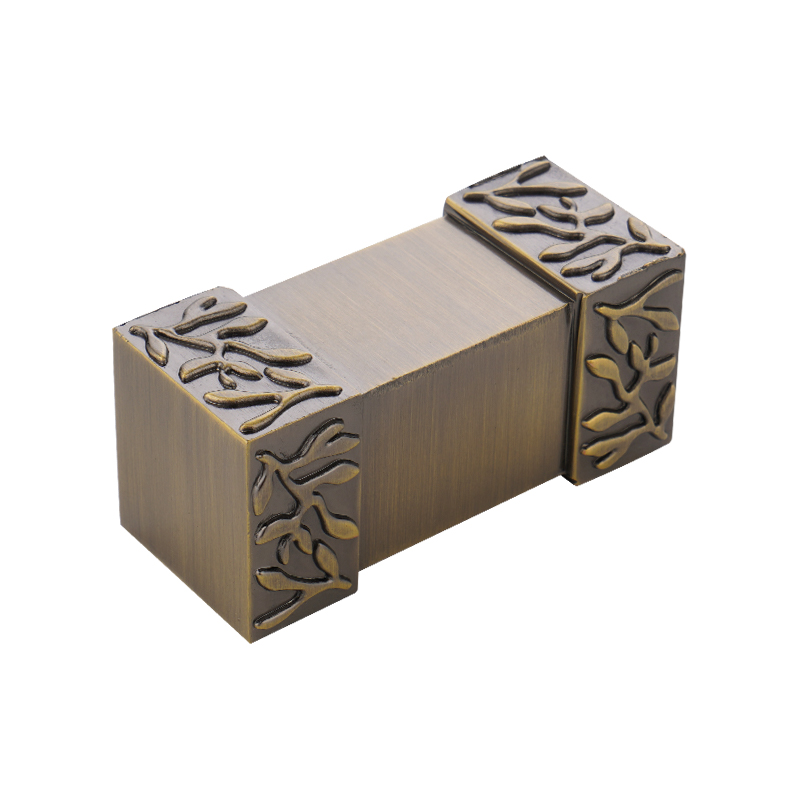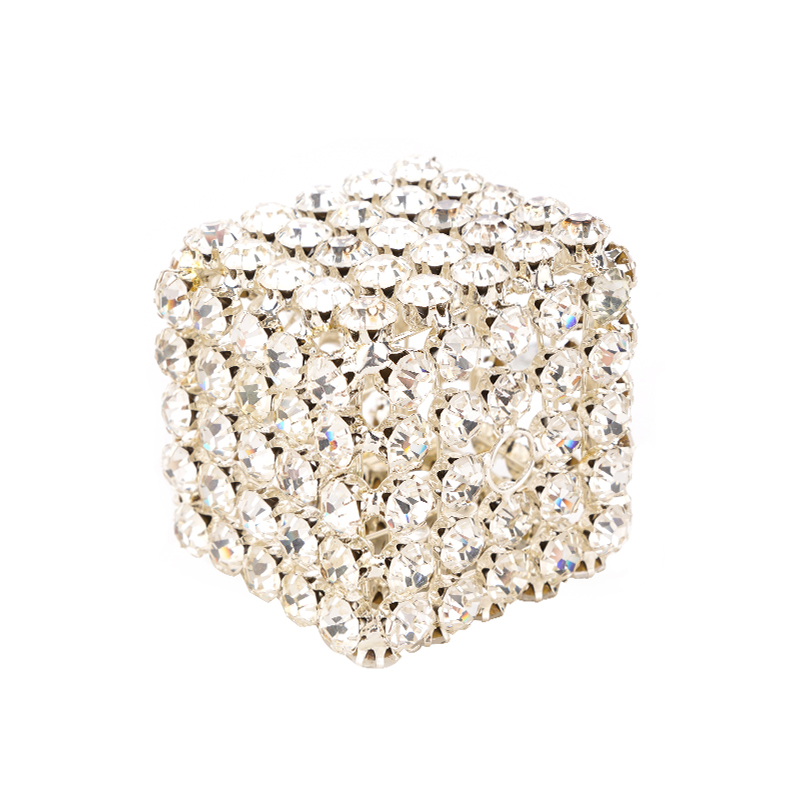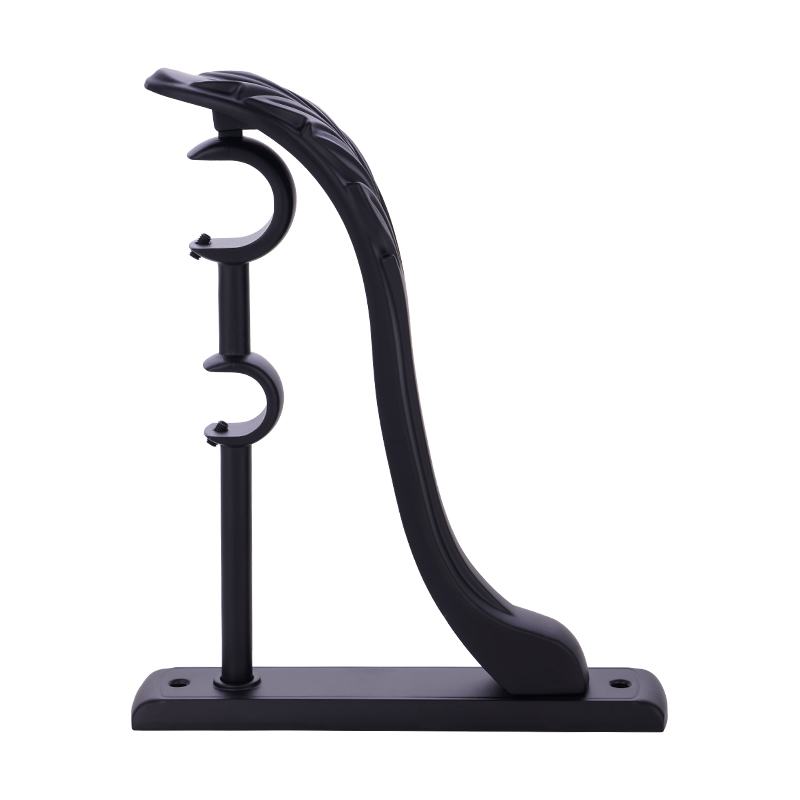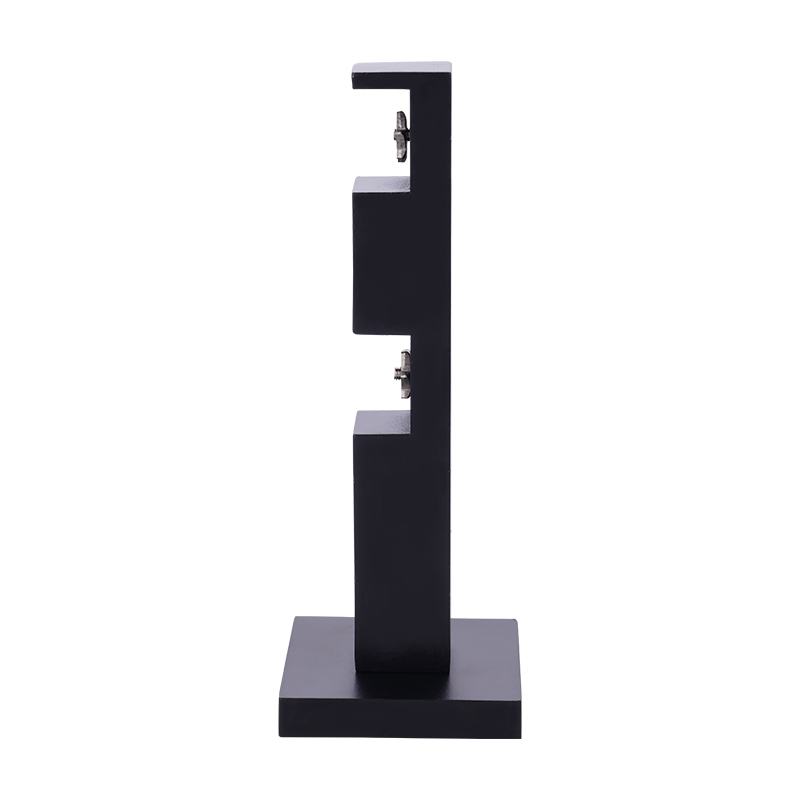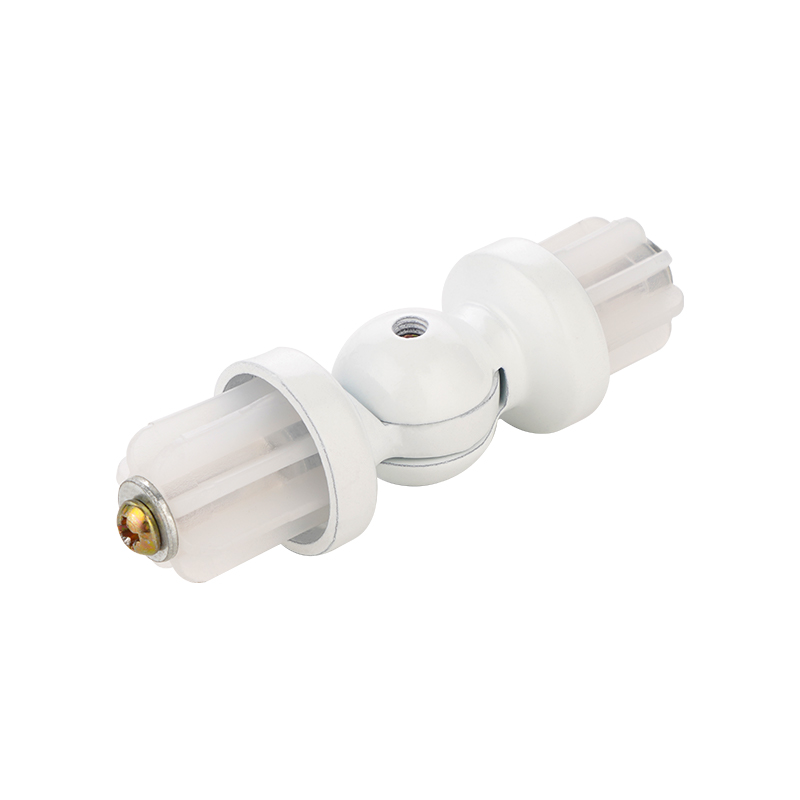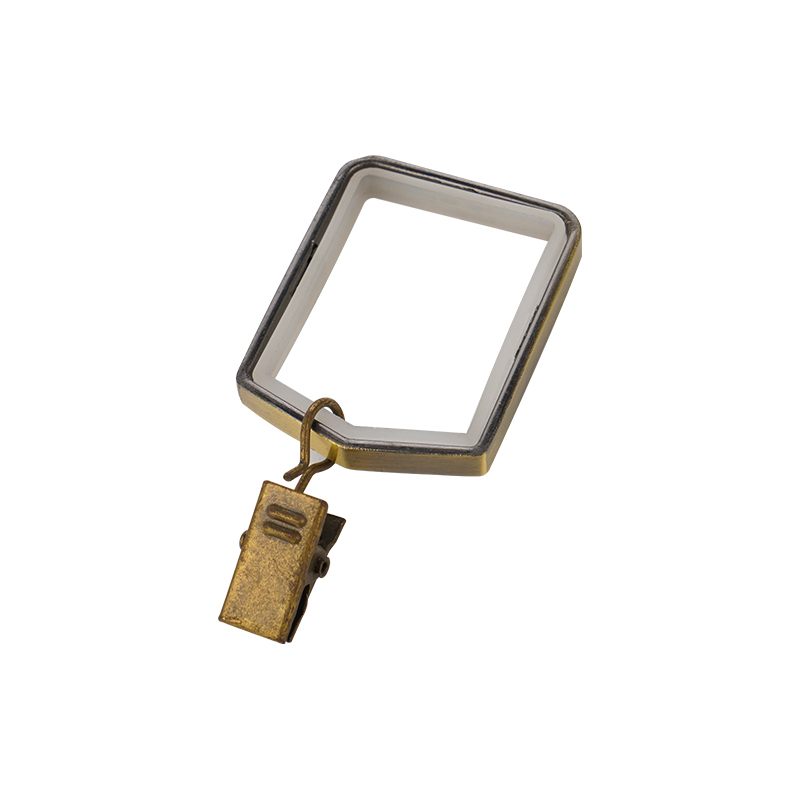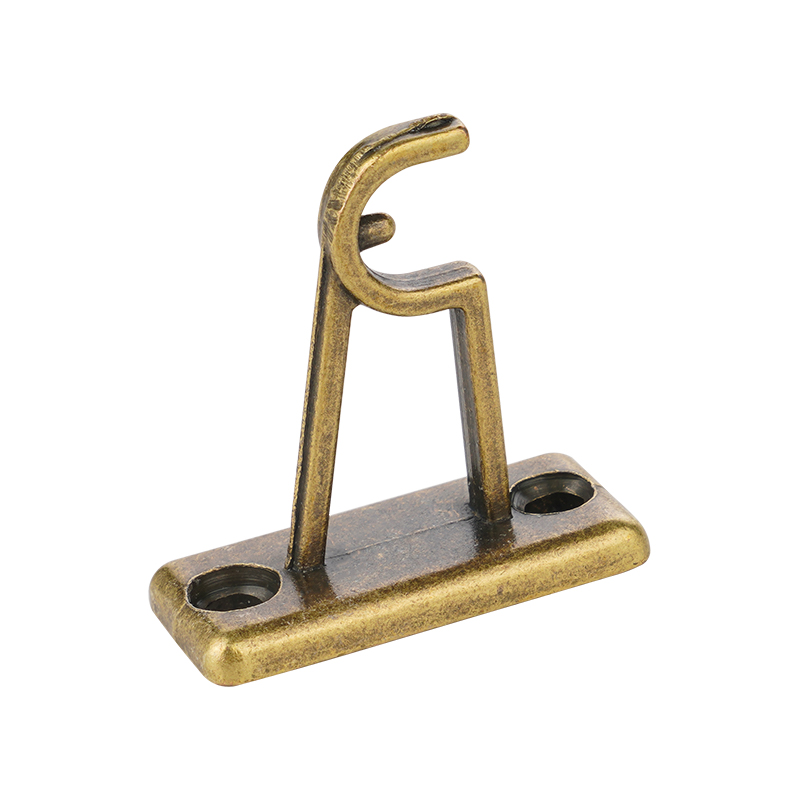The Basic Functions and Importance of Curtain Rod Connectors
Curtain rod connectors are key components used to connect and secure curtain rod components, directly impacting the stability and lifespan of the entire curtain system. They must not only ensure a secure connection but also withstand the weight of the curtain, as well as the pulling and swinging forces generated during use. Durability and load-bearing capacity are key indicators of curtain rod connector quality. If the connector cannot effectively support the curtain's weight, it is prone to loosening, deformation, or even breakage, compromising the proper use and safety of the curtain.
Factors Affecting Curtain Rod Connector Durability
The durability of curtain rod connectors is influenced by many factors. First, the material is crucial. Common materials include metal alloys, stainless steel, plastic, and ABS, and the wear and corrosion resistance of different materials vary significantly. Second, the production process significantly impacts durability. Good manufacturing processes enhance the connector's structural stability and reduce stress concentration and fatigue damage. Furthermore, a well-designed connector determines how evenly it distributes force, thus impacting its overall lifespan. Finally, the installation environment has a certain impact on durability. For example, a humid environment can cause metal to rust, while ultraviolet radiation can accelerate the aging of plastics.
Factors Determining Load-Bearing Capacity
The load-bearing capacity of curtain rod connectors depends primarily on the strength of the material, the connection method, and the structural design. Metal connectors generally have a strong load-bearing capacity, especially stainless steel, which provides stability under heavy loads. Plastic connectors, while lightweight, have greater load-bearing limitations and are suitable for lighter curtains or shorter curtain rods. The tightness of the connection directly affects load-bearing capacity. Tightening screws or snap-on structures can effectively enhance the connection's strength. In terms of structural design, connectors with thickened or reinforced ribs help improve overall strength and load-bearing capacity.
Comparison of the Durability and Load-Bearing Capacity of Curtain Rod Connectors Made of Different Materials
| Material | Durability Characteristics | Load Capacity Range | Suitable Applications | Maintenance Requirements |
|---|---|---|---|---|
| Stainless Steel | Corrosion resistant, wear-resistant, longer service life | Suitable for medium to heavy curtains | Various indoor and outdoor environments, especially humid areas | Regular tightening checks and anti-rust treatment |
| Aluminum Alloy | Lightweight but average corrosion resistance | Suitable for light to medium curtains | Indoor environments, typical household curtains | Avoid strong acidic or alkaline conditions |
| Plastic (ABS etc.) | Good aging resistance but prone to brittleness | Suitable for lightweight curtains | Light curtains and children’s rooms | Avoid prolonged direct sunlight exposure |
| Iron | High strength but prone to rust | Suitable for heavy curtains | Dry indoor environments | Requires rust prevention and regular maintenance |
The Impact of Curtain Rod Connector Design on Durability and Load-Bearing Capacity
A well-designed curtain rod connector generally effectively distributes stress, reducing damage caused by excessive localized stress. The connector's shape and structure should ensure easy and secure installation to prevent loosening or falling out due to improper assembly. Some connectors feature internal threads for a more secure fit. Anti-slip treatment on the connecting surface helps reduce movement due to vibration or external forces. Furthermore, connectors with multi-section designs must ensure tight fitting to avoid structural weaknesses caused by gaps. Overall, a sound design concept is key to achieving a balance between durability and load-bearing capacity.
The Impact of the Installation Environment on Durability and Load-Bearing Capacity
The operating environment of curtain rod connectors directly affects their performance. A relatively stable indoor environment helps the connector maintain good condition over time, while corrosion and aging are more prominent in outdoor or humid environments. High temperatures, ultraviolet rays, and humidity accelerate material degradation, and plastic is particularly susceptible. Proper waterproofing and dustproofing during installation to minimize direct exposure will help extend the life of the connector. Regular maintenance and checking the tightness of the connectors is also essential to ensure load-bearing capacity.
Maintenance and Care Ensure Durability and Load-Bearing Capacity
Regular maintenance and care can effectively extend the lifespan and safety of curtain rod connectors. Checking for loose screws and promptly adjusting or replacing worn parts can prevent the risk of falling due to loosening. For metal connectors, regular cleaning and applying anti-rust oil can help prevent corrosion. Plastic connectors should be protected from prolonged exposure to strong sunlight to prevent brittle cracking. Users should follow the installation instructions correctly to avoid improper installation that could affect the bearing performance. The level of maintenance is directly related to the connector's stability and lifespan.
The impact of different maintenance measures on the durability of curtain rod connectors
| Maintenance Measure | Effect | Applicable Materials | Recommended Frequency |
|---|---|---|---|
| Tightening Checks | Prevents loosening, ensures stable load-bearing | All materials | Every 3-6 months |
| Rust Prevention | Delays corrosion, extends metal connector life | Stainless steel, iron, aluminum alloy | Every 6 months or based on environment |
| Cleaning | Removes dust and dirt, reduces material aging | All materials | Regular cleaning |
| Avoid UV Exposure | Prevents plastic material brittleness | Plastic materials | Continuous long-term |
